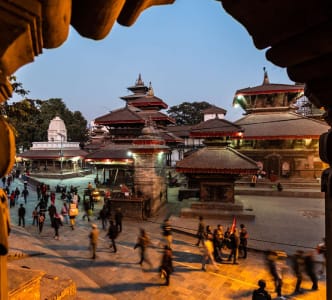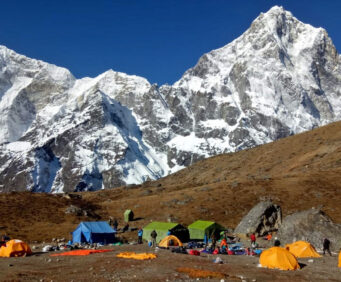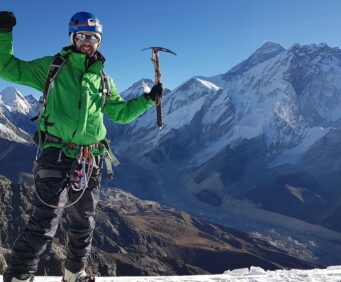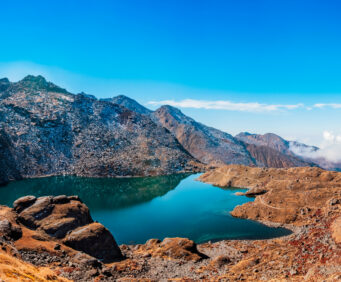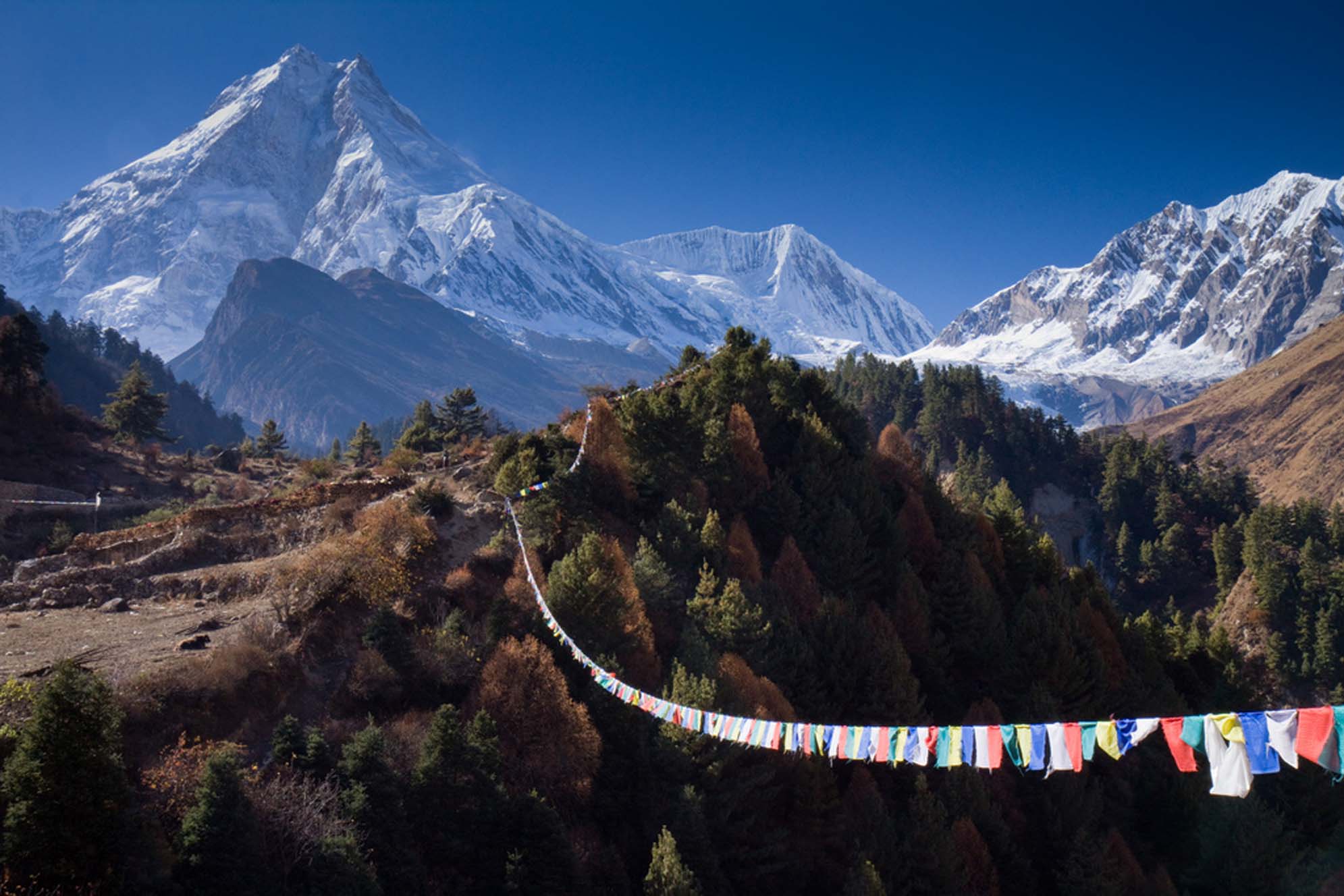
Best Time to Trek Manaslu Circuit 2026: Weather, Crowd, Scenic Views, and Expert Tips
12th October, 2025 - Posted By: Himalayan AbodePlanning your Manaslu Circuit Trek in 2026? Choosing the best time to trek Manaslu Circuit can make the difference between an unforgettable adventure and a difficult, unpleasant experience. The Manaslu region, famed for its pristine landscapes and rich cultural tapestry, is one of Nepal’s last frontiers for trekking enthusiasts seeking solitude, high passes, and breathtaking vistas. Yet, the area’s remoteness and challenging weather require careful timing.
This detailed guide will help you understand when to trek Manaslu Circuit in 2026 by breaking down weather patterns, crowd dynamics, and trekking conditions throughout the year. It also covers insider preparation tips to maximize your trekking experience on Nepal’s mystical Manaslu Circuit.
Why Selecting the Best Time to Trek Manaslu Circuit Matters
The Manaslu Circuit trek covers vast altitudinal ranges—from lush lowland forests to snow-capped peaks topping over 8,000 meters. This variability means the weather and trail conditions can change drastically within a single trek. Choosing the best time to trek Manaslu Circuit influences:
- Trekking Safety: Avoiding dangerous weather like heavy monsoon rains or hazardous snow conditions on the Larke La Pass
- Mountain Views: Clear visibility to enjoy iconic peaks such as Mt. Manaslu and the Ganesh Himal
- Crowds: Managing the number of fellow trekkers, especially during the popular trekking seasons
- Cultural Immersion: Experiencing local festivals or agricultural cycles unique to specific seasons
- Accommodation and Logistics: Ensuring access to teahouses and permits that can get booked quickly during peak times
Best Time to Trek Manaslu Circuit by Season
Spring (March to May): A Preferred Season for Beauty and Bloom
Spring stands out as one of the prime trekking seasons, attracting many who seek warm weather, flowering rhododendrons, and clear blue mountain skies.
- Weather Conditions: Average daytime temperatures range from 10°C to 20°C in lower altitudes, while higher elevations stay cooler. Early spring can still be chilly, especially above 3,000 meters. Rain is minimal but gradually increases approaching late May.
- Nature and Scenery: The forests burst into colors with blooming rhododendrons, magnolias, and primulas. Daytime visibility is excellent, offering stunning panoramas of Mt. Manaslu and surrounding peaks.
- Crowds: Increasing numbers of trekkers, especially around April and May. However, Manaslu Circuit still sees fewer crowds than Everest or Annapurna regions.
- Challenges: Gradual snow melt brings some slippery paths early in the season; pack trekking poles and waterproof boots.
- Cultural Highlights: Enroute through the Tibetan-influenced villages, you might catch Buddhist shoe-burning ceremonies or spring blessings.
Autumn (September to November): The Most Popular and Reliable Season
Autumn rivals spring in popularity due to its stable weather and spectacular conditions.
- Weather Conditions: Post-monsoon clear skies dominate, with cool evenings and warm sunny days. Temperatures are comfortable, generally between 5°C and 18°C, even at high altitude.
- Nature and Scenery: Crisp air delivers unobstructed views of the Himalayas from the Annapurna to Dhaulagiri ranges. The earth is lush post monsoon, enhancing valleys and riverbanks.
- Crowds: This is the peak trekking season for Manaslu Circuit. Accommodations can fill quickly; booking in advance is crucial.
- Challenges: Popularity means some trail congestion in busy villages.
- Cultural Highlights: Autumn festivals, prayer flag ceremonies, and local harvest celebrations enrich the trekking experience.
Winter (December to February): For Experienced Cold-Weather Trekkers Only
Winter trekking in Manaslu is generally avoided by most but offers unmatched serenity for the well-prepared.
- Weather Conditions: Daytime temperatures at lower altitudes hover near freezing, while nights plunge far below zero, especially above 3,000 meters. Heavy snowfall can close passes like Larke La.
- Nature and Scenery: Snow-blanketed villages and frozen streams create magical landscapes.
- Crowds: Very few trekkers apart from seasoned mountaineers and adventurers seeking solitude.
- Challenges: High risk of snow blocking trails, extreme cold, potential avalanche hazards. Specialized winter gear is mandatory.
- Cultural Highlights: Some remote villages celebrate Tibetan winter festivals; harsh conditions limit many events.
Monsoon (June to Mid-September): The Least Favored Season
Manaslu’s monsoon is intense and lasts longer compared to other trekking areas, deterring most travelers.
- Weather Conditions: Heavy rain almost daily, with high humidity, slippery and often dangerous trails, and frequent landslides.
- Nature and Scenery: Dense green forests flourish but mountain views are rare due to lingering cloud cover.
- Crowds: Minimal trekking activity; some trails closed or inaccessible.
- Challenges: Risk of travel delays, illness due to dampness and leeches, limited services.
- Cultural Highlights: Few trekking-related cultural activities due to low foot traffic.
Factors That Affect Best Time to Trek Manaslu Circuit
Altitude & Weather Variability
With elevations rising from under 1,000m to over 5,100m at Larke La Pass, trekkers face distinct climates. Weather at higher altitudes can change abruptly regardless of season; clear mornings can turn into afternoon snow or rain.
Permits & Government Restrictions
Manaslu Circuit lies within a restricted area, and government permits limit the number of trekkers per season to preserve the fragile environment. Peak seasons (spring and autumn) witness higher permit demand, requiring early booking.
Cultural and Festival Timing
Aligning your trek with local festivals like Losar (Tibetan New Year) or Buddha Jayanti enriches cultural appreciation but may increase crowds and accommodation bookings.
Acclimatization Plan and Trek Difficulty by Season
Proper acclimatization is essential for safety, affecting how challenging the trek feels. Spring and autumn provide optimal conditions for natural altitude adjustment, while winter’s extreme cold can suppress hunger and energy.
| Season | Acclimatization Ease | Physical Challenge | Weather Stability |
|---|---|---|---|
| Spring | Moderate | Moderate | Generally stable |
| Autumn | Easy | Moderate | Highly stable |
| Winter | Difficult | High | Unstable |
| Monsoon | Difficult | High | Unstable |
Best Time to Book for Manaslu Circuit Trek 2026
- Spring & Autumn: Book permits and services 4-6 months in advance due to high demand.
- Winter & Monsoon: Booking is relatively flexible but prepare for possible cancellations.
- Engage with trusted local trekking agencies that update clients on changing regulations and trail conditions.
Packing and Gear Recommendations for the Best Trekking Experience
Irrespective of season, proper gear improves safety and comfort on Manaslu Circuit.
- Layered clothing suitable for temperature variation
- Waterproof jackets and pants for rain and snow
- Sturdy hiking boots for rocky and slippery terrain
- Sun protection: hats, sunglasses, and SPF sunscreen
- Trekking poles for balance on steep ascents and descents
- Altitude sickness medications and a well-stocked first aid kit
Frequently Asked Questions (FAQs)
Q1: When is the best month to trek Manaslu Circuit?
A1: Late March to May (spring) and September to November (autumn) provide the best balance of good weather, beautiful views, and manageable trekking conditions.
Q2: Can I trek Manaslu Circuit in winter?
A2: Winter trekking is possible for experienced trekkers prepared for extreme cold and snow, but it’s not recommended for most due to trail closures and hazards.
Q3: How crowded is Manaslu Circuit during peak seasons?
A3: Although less crowded than Everest or Annapurna, spring and autumn see increased trekkers. Book permits and accommodation early to avoid disappointment.
Conclusion: Planning Your Manaslu Trek in 2026 for Optimal Experience
The best time to trek Manaslu Circuit in 2026 depends on your priorities for weather, crowd, and cultural experiences. Spring and autumn shine as the most favorable, offering pleasant temperatures, clear mountain vistas, flourishing flora, and lively local festivals. Preparation—including early bookings, fitness training, and acclimatization plans—ensures a successful trek through one of Nepal’s most pristine and captivating mountain circuits.
Recent Posts
